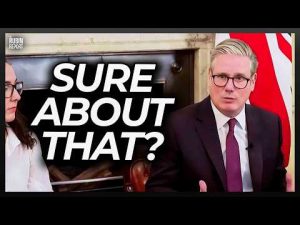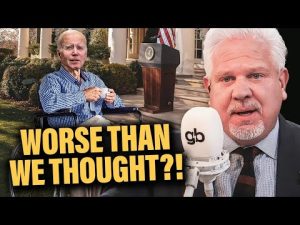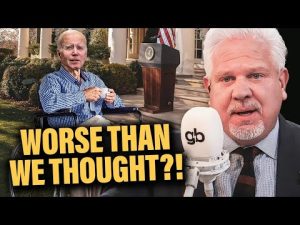April 2, 2025, marks a pivotal moment in American history, now dubbed Liberation Day. A day commemorating a bold move by Donald Trump in his latest term as president. This is being hailed as the day America shook off the chains of globalization and began a journey towards reclaiming its long-lost industrial might. With promises to make America wealthy again, Trump set in motion a series of economic policies reminiscent of post-World War II economic shifts.
Since the end of World War II, the United States played a vital role in creating a free-trade system designed to aid allies in their recovery and fortify a bulwark against communism. These efforts birthed an era when the American dream seemed just a few paychecks away. A time when a single income could afford a decent home and ensure a bright future for children. But somewhere along the line, that dream grew tarnished. Globalization, a monster of our own making, enabled other countries to exploit a system initially designed for mutual benefit.
China emerged as a powerhouse, often at the expense of American workers. Manufacturing jobs vanished overseas, leaving towns and cities scarred with rust belts of abandoned factories. The soaring income disparity charts make it painfully clear—while the top earners flourished, the rest were left grasping at straws. Deaf ears in Washington turned a blind eye, arguing that the age-old American industries simply could not be revived. However, skeptics questioned if leaders truly lacked the influence to alter the course or merely the willpower.
Donald Trump struck a defiant chord, announcing substantial tariffs on foreign imports. Painting this move as a declaration of economic independence, he cited a litany of grievances: foreign leaders pilfering American jobs, American multinationals shipping jobs offshore, and chronic trade deficits deflating national strength. In a grand gesture of protectionism, Trump and his administration hope to inspire a revival of domestic industry, notably with steep tariffs on foreign automobiles to bring vitality back to Detroit’s dormant plants.
While critics label these tariffs as political grandstanding with potentially devastating impacts on consumer prices, Trump’s strategy hinges on a subtle blend of pressure and diplomacy. By imposing a slightly lower tariff than foreign countries impose on the U.S., his administration seeks to cajole them into fair play. As some nations signal a willingness to negotiate and reduce their tariffs in kind, it’s clear this isn’t merely a reckless trade war but a calculated effort to balance trade discrepancies and revitalize national industry.
Whether Trump’s trade policies will usher in the golden era he envisions or leave scars on the economy remains to be seen. Supporters argue that for too long, America has compromised itself by relying on foreign entities to manufacture essentials—from medicine to electronics. Trump’s tariffs aim to realign trade policies with national interest, secure the economy, and bolster the border. For those yearning for a resurgence of the American dream, Liberation Day may just herald the dawn of a brighter future.







